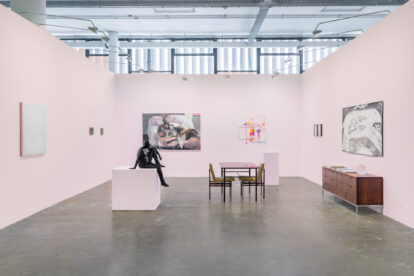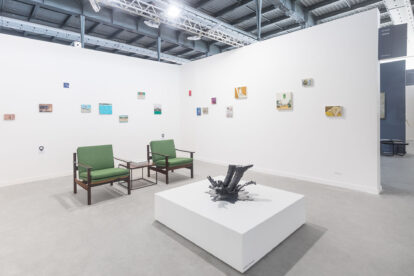The paintings that Adriel Visoto presents to us in ‘Don’t wait for me for dinner’ open the 2017 Exhibition Cycle of the Public Notice for Minas Gerais Vale artists from Minas Gerais and invite us to take a trip to the subtleties and repetitions typical of domestic spaces.
The bedroom, the bathroom, the mirror and the living room with all the objects exposed in complete disarray seem to mix with the subjects who inhabit those spaces with ordinary gestures.
When we stop in front of the series of paintings, when we are closer, the images reveal formal compositions that are repeated, many times, with the same background, common performances far from the recurrent spectacular gesture that characterizes the representations of the subject that we see circulating today. . The paintings trigger an inventory of our relationships with domestic spaces, with the ordinary intensities of everyday life and with a certain way of articulating the aesthetic experience that everyday life can keep at the heart of its exhaustive repetitions.
The game proposed by Visoto between the voyeur and the exhibitionist involves us in the way it shows in another place the spaces similar to the ones we inhabit and the same gestures that we repeat exhaustively, such as taking a shower or changing clothes. Everything seems domestic and ordinary, but at the same time there is something strange.
Perhaps these small everyday fragments materialized in the painting seem to put in tension the more traditional forms of representation with the pose for the portrait or even the entire history of the self-portrait. By bringing the private and the intimate to the public, in a very silent and unspectacular way, Visoto promotes a confrontation between the ordinary tone of his representations in the midst of so many banal images in the noisy movement of the images that we put to circulate now, ready for the most extreme visibility.
However, Visoto’s images are distinguished from other banal images because they activate other representation strategies, a rearrangement of the mirrors between the self and the other, tensioning the forms of representation. Other games of meaning between the portrait, the self-portrait and the self-image autofiction. In the age of the selfie, of self-representation triggered by the network’s demands for visibility, Adriel Visoto’s paintings collaborate to trigger the ambiguities and complexities typical of the contemporary system of images also in the field of painting.



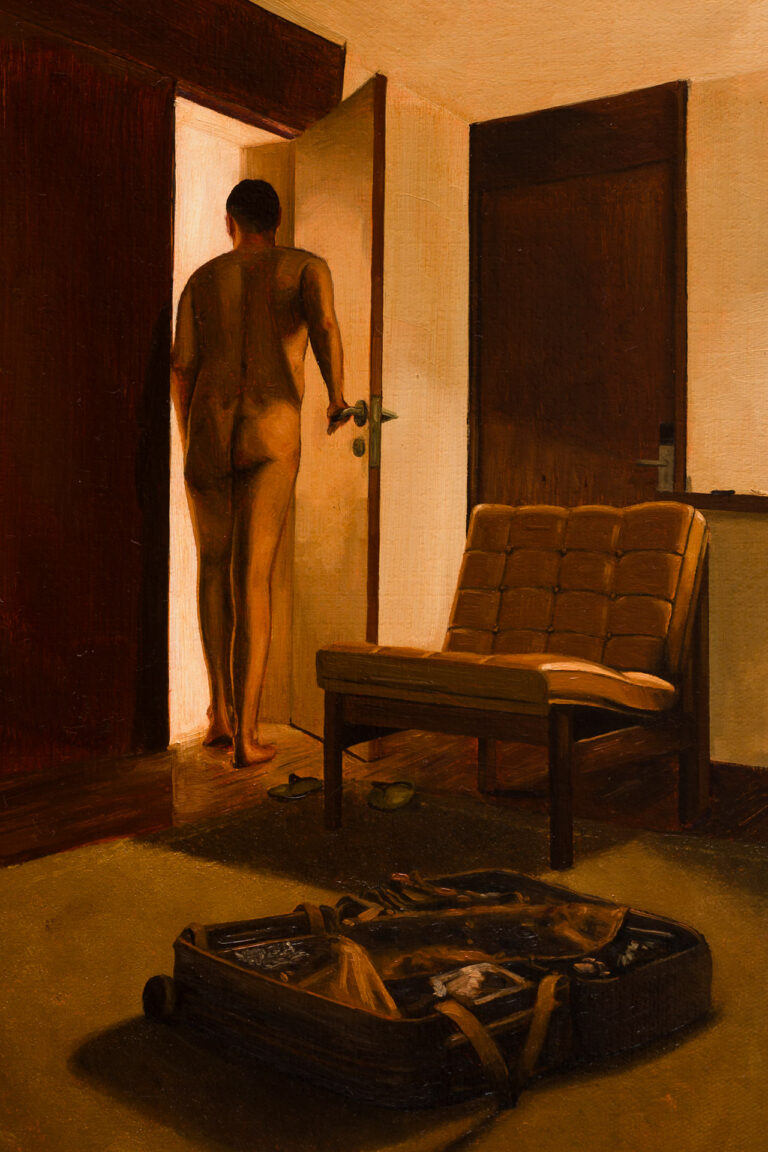
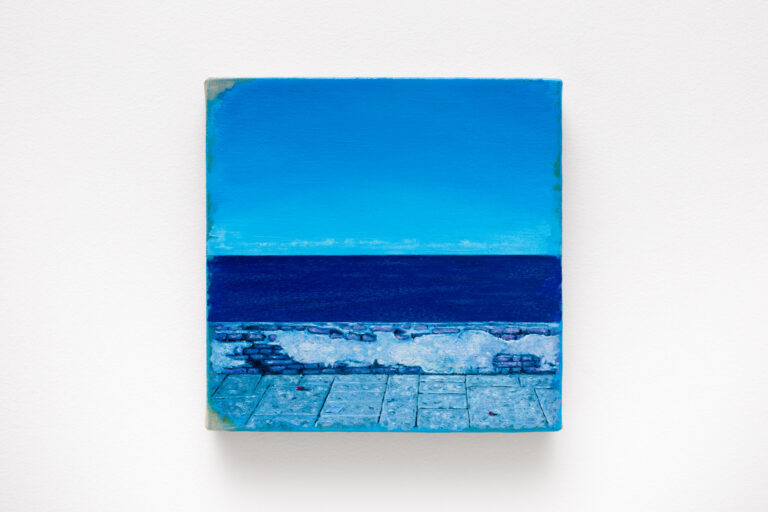
![A smaller splash ou Mergulho do corpo [A smaller splash or Body dip]](https://www.vervegaleria.com/wp-content/uploads/2022/06/A-smaller-splash-768x965.jpg)
![Movediço [Movable]](https://www.vervegaleria.com/wp-content/uploads/2022/06/Movedico-768x947.jpg)
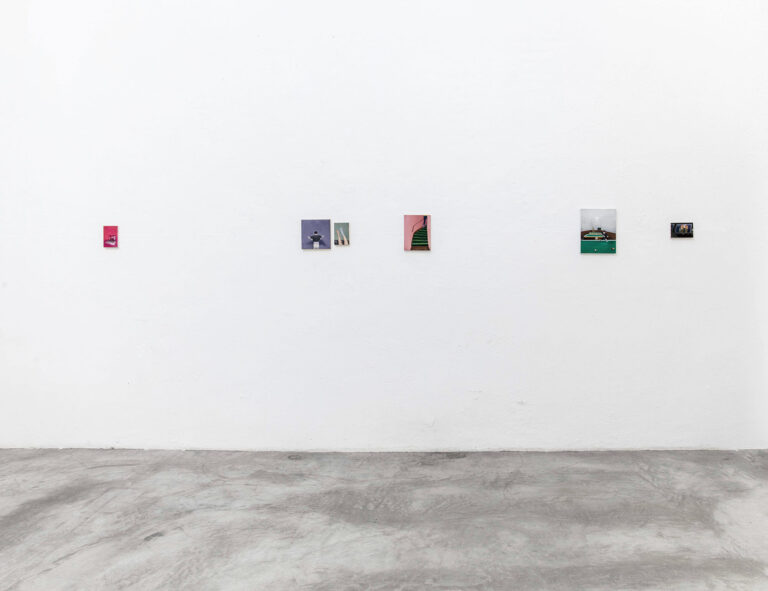
![Vaga [Spot]](https://www.vervegaleria.com/wp-content/uploads/2022/06/07_Vaga_edit-768x685.jpg)
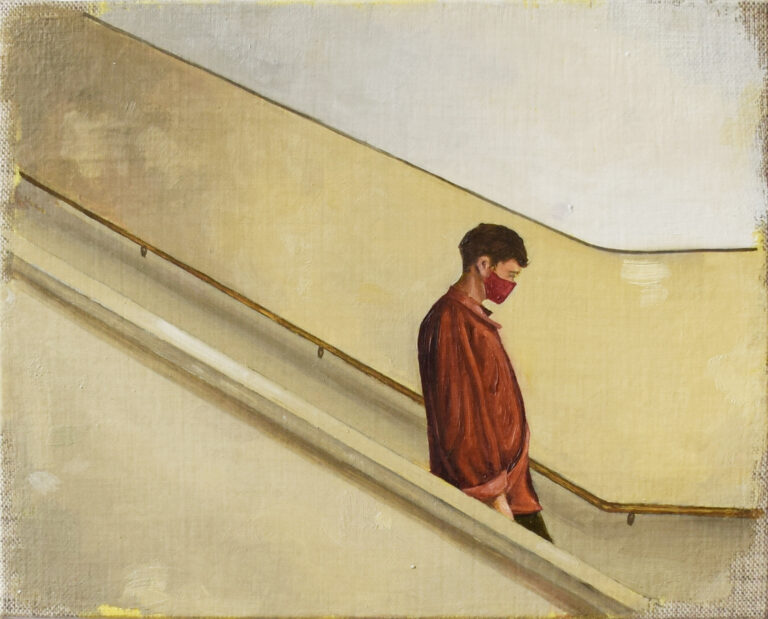
![Quase espera [Almost waiting]](https://www.vervegaleria.com/wp-content/uploads/2022/06/04_Quase-espera_edit-768x644.jpg)

![Jardim das daninas [Weed garden]](https://www.vervegaleria.com/wp-content/uploads/2022/06/05_Jardim-das-daninhas_edit-768x687.jpg)
![40 dias ou mais [40 days or more]](https://www.vervegaleria.com/wp-content/uploads/2022/06/40-dias-ou-mais-768x1019.jpg)

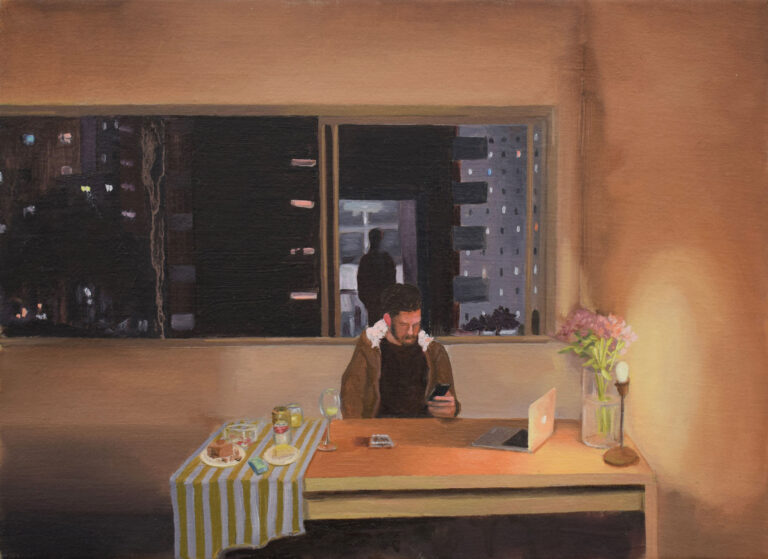


![Rascunho [Draft]](https://www.vervegaleria.com/wp-content/uploads/2022/06/Rascunho01_S_Fundo-768x1017.jpg)


![Meia sombra [Half shade]](https://www.vervegaleria.com/wp-content/uploads/2022/06/B01-768x872.jpg)
![Varanda/Deserto [Balcony/Desert]](https://www.vervegaleria.com/wp-content/uploads/2022/06/B02-768x772.jpg)

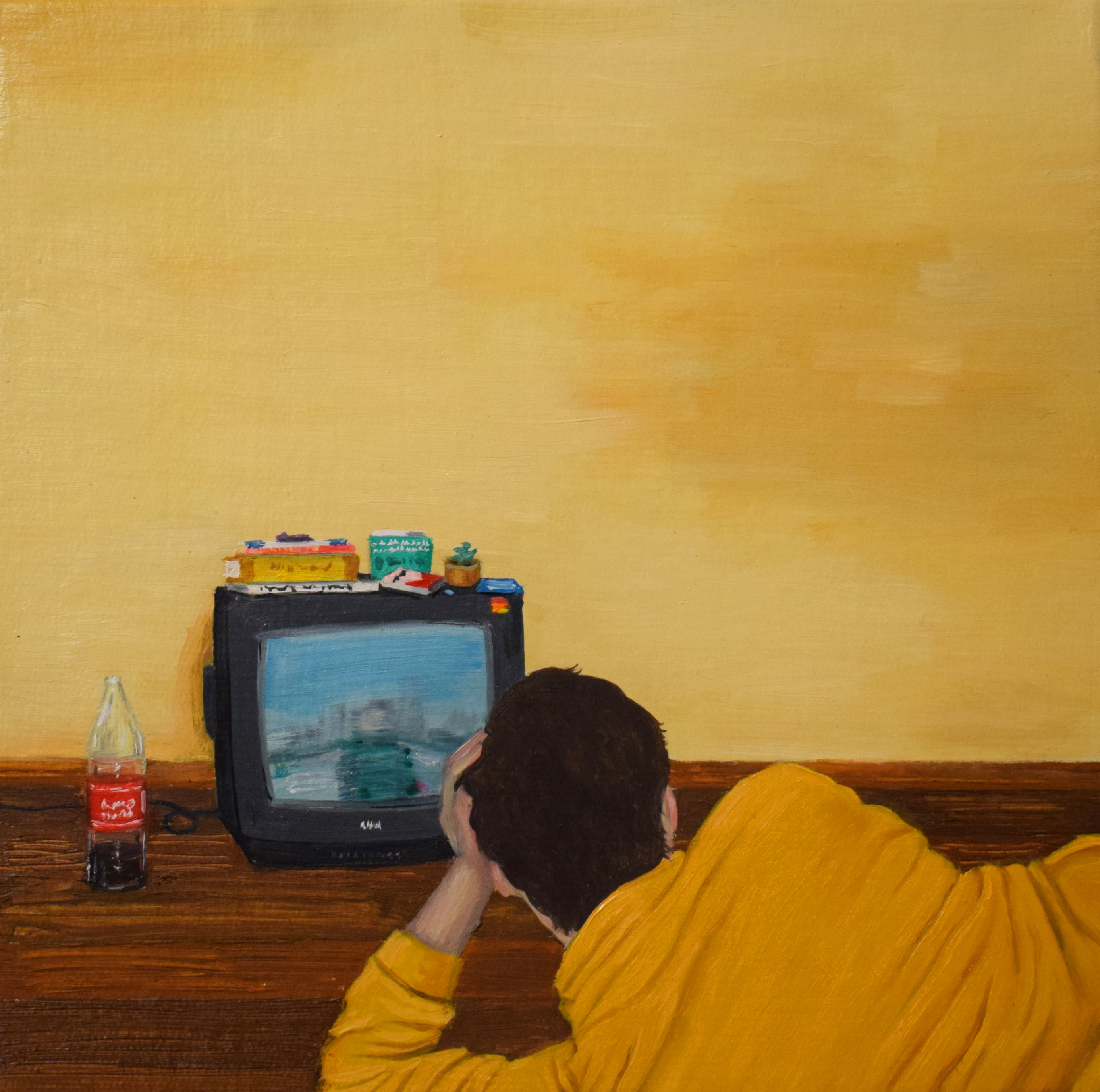

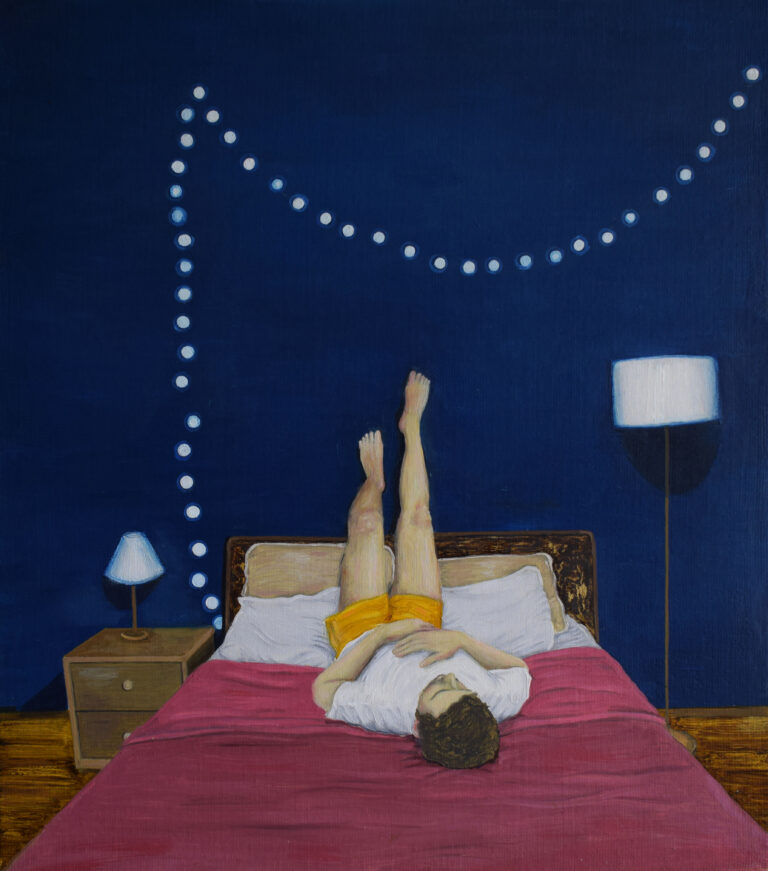
![Pedalinho [Pedal boat]](https://www.vervegaleria.com/wp-content/uploads/2022/06/Pedalinho_s-fundo-768x614.jpg)
![Ilha [Island]](https://www.vervegaleria.com/wp-content/uploads/2022/06/Ilha_s-fundo-768x657.jpg)




